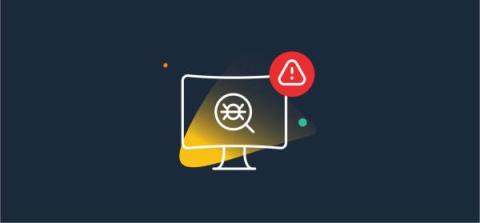Nation-State Threat Actors Rely on Social Engineering First
A new report from ESET has found that most nation-state threat actors rely on spear phishing as a primary initial access technique. In the second and third quarters of 2024, state-sponsored APTs from China, Russia, Iran, and North Korea used social engineering attacks to compromise their targets. Iranian threat actors continued conducting cyber espionage against countries across the Middle East, Europe, and the US. They also expanded their targeting to hit financial companies in Africa.











